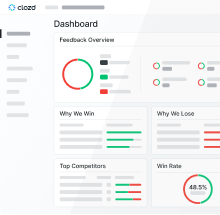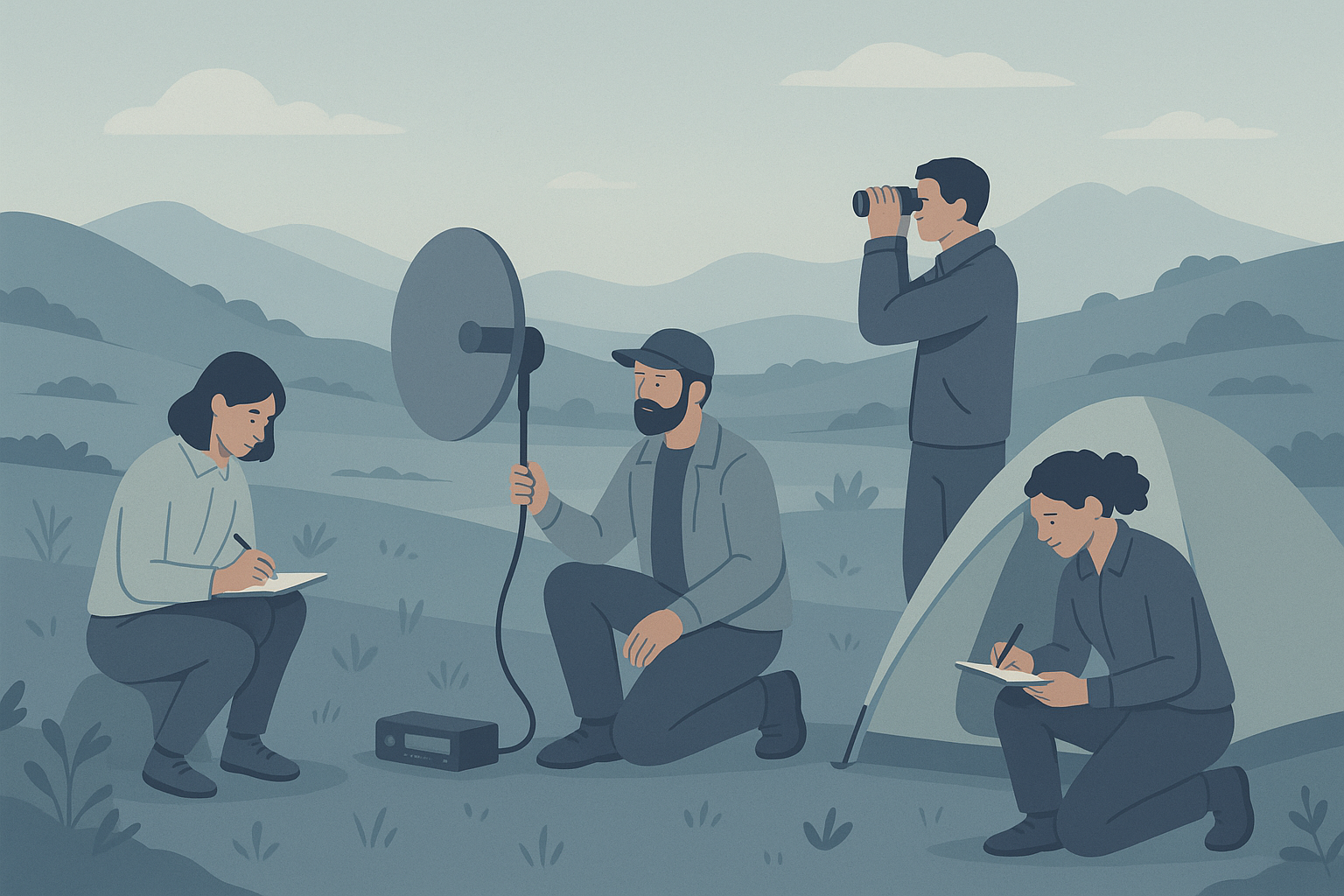In today's rapidly evolving business environment, grasping your customers’ perspectives is critical for sustained growth and competitive advantage. While gathering feedback at the initial or concluding stages of the customer journey is customary, focusing solely on these points can leave significant insights untapped. The real advantage emerges when companies engage with customers during the experience itself—mid-journey. This approach allows organizations to uncover nuanced emotions, expectations, and areas for improvement that are often missed, ultimately leading to a more responsive and impactful customer experience (CX) strategy.
Why Mid-Journey Feedback Matters
Understanding the Customer Journey
The customer journey encompasses every interaction and touchpoint a customer has with your brand, beginning with the very first introduction and continuing through post-purchase support and advocacy. Rather than a linear process, it is a dynamic and often complex path marked by numerous engagements—each representing an opportunity to delight or disappoint. By honing in on the mid-journey phase, businesses can intercept issues as they surface and adapt strategies in real time. This allows brands to deliver proactive support, address emerging concerns, and capitalize on moments that can transform ordinary interactions into lasting relationships.
The Limitations of Surveys
While surveys remain a staple in the feedback collection toolkit, their utility is often restricted to numerical data and straightforward responses. Checkbox answers and static scales may be easy to analyze, but they rarely capture the subtleties of a customer’s thoughts and motivations. Furthermore, surveys conducted at the end of a journey may miss the context of specific moments, blurring details that could inform targeted improvements. In contrast, mid-journey feedback—especially when captured through organic, live or asynchronous dialogue-based methods—opens the door to honest, in-depth commentary that brings the customer journey to life. It is this layer of detail that empowers organizations to make meaningful, real-time adjustments rather than retroactive fixes.
The Benefits of Qualitative Feedback
Gaining Actionable Insights
Engaging customers in conversation mid-journey allows organizations to collect stories, explore perceptions, and probe challenges as they emerge. These candid insights are more than just observations—they are actionable opportunities to refine products, enhance touchpoints, and rethink processes from a user-centered perspective. For example, when a customer shares their experience navigating a specific feature or service while they’re using it, teams gain immediate, context-rich information that can guide practical tweaks and future innovation. This real-time discovery process helps leadership prioritize investments and drive meaningful advancements based on what matters most to customers at pivotal moments.
Building Customer Loyalty
Demonstrating a willingness to listen creates a sense of partnership between a brand and its customers. When customers realize their voices resonate beyond standardized reviews or star ratings, they develop trust in the brand’s dedication to their happiness. Responding to mid-journey feedback—through quick issue resolution or personalized gestures—reinforces this trust, leading to increased loyalty and positive word-of-mouth. Over time, loyal customers can become advocates, sharing their positive experiences and contributing to a virtuous cycle of constructive feedback and sustained growth.
Enhancing Customer Experience
Continuous engagement with customers sets the stage for highly personalized and adaptive experiences. Instead of waiting for patterns to emerge from months of historical data, organizations can fine-tune their CX strategy as new insights arise. This proactive method goes beyond solving problems—it empowers brands to anticipate needs, surprise customers with thoughtful touches, and differentiate themselves in a crowded marketplace. When organizations foster an ongoing dialogue with their customers, the overall experience becomes less transactional and more collaborative, leading to increased satisfaction and lasting relationships.
How to Collect Mid-Journey Feedback
Live Customer Interviews
Conducting live, real-time interviews offers a direct window into the customer’s mindset as they interact with your brand. These one-on-one conversations enable open-ended questions and flexible dialogue, allowing facilitators to pursue unique discussion paths tailored to each customer’s journey. Observing and responding to verbal and non-verbal cues in real time further enriches the feedback, providing context that static forms or digital surveys simply can’t capture. By dedicating time to listen and probe, organizations can uncover layers of experience that influence customer loyalty and buying behavior.
Social Media Engagement
Active participation on social media channels transcends traditional feedback methods. Whether it’s responding to messages, monitoring tags, or hosting real-time Q&As, social platforms offer an authentic, informal space for customers to share their thoughts. The conversational nature of social media enables immediate, candid feedback on experiences as they unfold. These platforms also make it possible to engage broader communities through polls, discussions, and shared content, resulting in timely insights and the opportunity to address issues or celebrate successes as they happen.
Customer Feedback Programs
A well-structured mid-journey feedback program should incorporate multiple avenues for engagement and analysis. For example, integrating online focus groups, in-app feedback widgets, follow-up calls during key service moments, or even on-site observations helps gather perspective from various customer profiles in real time. By intentionally reaching customers at different stages and through different channels, companies can amass a comprehensive view of pain points and bright spots within the journey. Centralized collection and analysis of this data make it possible to identify trends and monitor the impact of changes, ensuring a responsive and adaptable CX strategy.
Best Practices for Mid-Journey Feedback
Prioritize Customer Needs
A truly customer-centered approach involves more than just accepting feedback; it requires putting those insights at the heart of your operations. Prioritizing customer needs means translating feedback into tangible improvements, removing friction, and going above and beyond expectations at every stage. This can only be accomplished when leaders champion a culture in which every team member values and acts on customer input, reinforcing an unwavering commitment to service and value.
Foster a Culture of Continuous Improvement
The most successful organizations see feedback as an engine for ongoing growth and learning. Encourage every team—from product to support to sales—to regularly assess feedback, collaborate on solutions, and share learnings. Small, iterative changes—prompted by mid-journey feedback—cumulatively result in significant gains in customer satisfaction and efficiency. Make it routine to revisit and refresh CX initiatives to reflect the evolving needs and preferences revealed through feedback.
Leverage Technology for Better Insights
Advancements in technology make it easier than ever to capture, aggregate, and analyze feedback from multiple sources. Automated tools and artificial intelligence can help surface recurring themes, correlate feedback to specific interactions, and provide dashboards for quick decision-making. Integrating feedback tools directly into digital touchpoints—such as apps, chat platforms, and support portals—ensures that input is collected precisely when and where it matters most. These tools also allow organizations to track feedback trends over time and seamlessly share insights across teams for faster, more coordinated actions.
Empower Employees to Act
Empowering frontline employees to respond to feedback and make judgment calls fosters agility and demonstrates the company's dedication to service. Establish clear protocols and provide training so that staff feel confident addressing concerns on the spot, personalizing solutions, and escalating issues when needed. When employees are equipped and encouraged to act on feedback in the moment, small frustrations can be resolved before they grow—and positive experiences can be amplified and repeated.
Conclusion
Mid-journey feedback is a vital instrument for transforming the way organizations understand and serve their customers. By capturing qualitative insights during active interactions, companies gain a real-time view of the customer experience that is far richer and more actionable than relying on post-journey data alone. Prioritizing ongoing engagement, systematically collecting and analyzing feedback, and fostering a culture of improvement all contribute to a CX strategy that is both responsive and resilient. As you enhance your approach to customer experience, remember that authentic growth stems from listening deeply, responding thoughtfully, and putting insights into action throughout every stage of the customer journey.











.svg)



.jpg)







.svg)

.svg)




